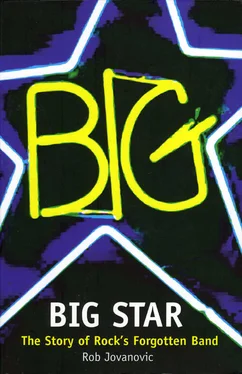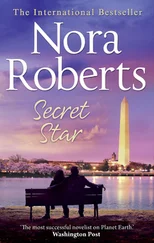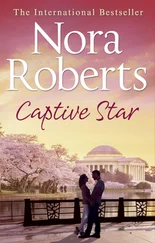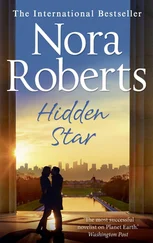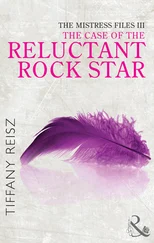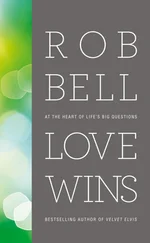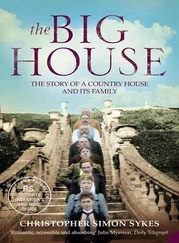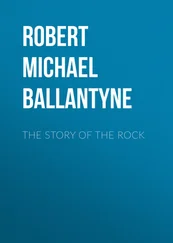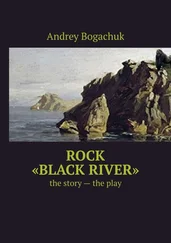2 ‘They took our tickets and we didn’t get to see the Beatles’
Memphis, TN. 1960 to 1966
The date was 9 February 1964. The Ed Sullivan Show on CBS broke all previous audience figures as a staggering 73,000,000 viewers tuned in to see the Beatles’ US television première. By 1964 traditional rock’n’roll was starting to be seen as somewhat passé , and with this TV appearance the Beatles completely blew it away.
The show itself, ‘In association with Anacin and Pillsbury Biscuits’, was a curious mix of musical numbers, novelty acts and the Beatles, the biggest band in the world. 8In his introduction, Sullivan revealed that the Beatles had just received a telegram from Elvis Presley wishing them luck in the US. He then introduced the Fab Four to a torrent of screams; the studio audience was predominantly female. The band took the stage in matching black suits with their trademark boots and haircuts, opening with ‘All My Loving’. During the second number, ‘Till There Was You’, the camera focused on each of the band in turn and a primitive graphic introduced them individually as ‘Paul’, ‘Ringo’, ‘George’ and ‘John – Sorry, girls, he’s married’.
Almost everyone interviewed for this book mentioned this event, and without it there may well have been no Big Star. The number of guitar players in the United States rose by a factor of four to over ten million by 1966.
The abundance of teen bands in Memphis was catered for in a number of interesting ways. George Klein had been a classmate of Elvis Presley and hosted shows on both WHBQ radio and TV. On a Saturday morning his radio show was broadcast live from Goldsmith’s department store in downtown Memphis while other stores had band showcases during shopping hours or to promote fashion parades in the evening. Saturday afternoons saw Klein’s TV show Talent Party. Local and national bands would lip-synch in the studio to their backing tracks while a chorus of dancing girls, the WHBQ-ties, would go-go along to the latest cool sounds in their mini-skirts and bouffant hair styles.
On weekend evenings local clubs also helped out underage partygoers with dedicated teen-nights which gave ample opportunity for Memphis bands to play and build up localised fan bases. The Roaring 60s Club, the Tonga Club and the Clearpool Beverly Room were just three of many, while church halls and YMCAs also had plenty of bands to choose from. Styles ranged widely from band to band. The locals mainly soaked up country, blues, rock’n’roll and soul, while a growing number of others kept on the cutting edge with the British rock invasion filtering through.
Racial segregation in reality still held sway in much of the South. Despite the strides made by WHBQ and WDIA, stations were still mainly all black or all white. Occasionally a song would cross over but this was rare. At least the population of Memphis had the choice and the chance to listen to both strands. Some of the poorer black neighbourhoods and richer white ones were only a few streets apart after all. The result was that white bands were influenced by black music, whether they wanted to be or not, and black ones were influenced by white music. Hummel, Stephens and Bell all heard everything that was on offer.
It wasn’t until the Beatles really reached America in 1964 that Chris Bell took a real interest, as he confirmed in a 1975 interview: ‘I started playing [guitar] in high school when I was twelve or thirteen years old, and really got motivated to start playing when the Beatles records first came out. Before that, music was a side thing, something that went on in the background.’ Chris attended one year at White Station Junior High before his parents transferred him to the Memphis University School (MUS). MUS was an all-male school that prepared its privileged white students for a university education. It was not the best choice of school for someone as nebulous as Chris. Starting at MUS coincided with the Bell family moving to Germantown, an affluent suburb in East Memphis. 9The family had purchased around twenty acres of land and had a big house purpose-built on the property. The house that had originally been standing on the plot was moved to the back of the estate and nicknamed the ‘back house’. 10‘They had a huge house, a pool, the whole nine yards,’ enthuses Andy Hummel. ‘The driveway must have been a mile long!’
At thirteen Chris started having guitar lessons and the back house proved an ideal spot to practise in. It was set far enough away from the main house that he could play as loud as he wanted without offending anyone. The building was a singlestorey affair, with several rooms. Sara, David and the other children would often hang out there listening to Chris, and later his friends, practise for hours on end.
Meanwhile Jody Stephens was attending Overton High. ‘Nowadays Overton is a performing arts school,’ he explains, ‘but when I went to Overton it was anything but. It was pretty stifling and I didn’t have a great time.’ Jimmy and Jody were getting into music. ‘Stax records was a big influence on me as well as Jody,’ says Jimmy Stephens. ‘“Knock on Wood”, “In The Midnight Hour”, Sam and Dave, Eddie Floyd, Otis Redding, the Isley Brothers, then the Who, early Kinks, Hollies and limited Beach Boys, to mention a few, all stood out. But the Beatles were the major influence – times ten over anything else. The first record I actually bought, that I know I bought without parental participation, was the Beatles’ “I Want To Hold Your Hand”.’ Jimmy also caught the guitar-playing bug but the problem was that everyone was already playing guitar. He started delivering the morning paper so that he could save up to buy a bass guitar and thus find a way into a local band. ‘I don’t remember how it happened,’ says Jimmy Stephens, ‘but someone either gave or loaned me an acoustic guitar that I took the first two strings off so I would have to play it as a bass instead of a guitar and I learned to play by listening to McCartney’s bass lines over and over.’ Jody started playing drums and the two brothers started practising together at home.
On 19 August 1966 the Beatles played two shows at the Mid-South Coliseum in Memphis, one at 4pm and one at 8.30pm. This was the Beatles third stateside visit and the band was mired in the controversy over John Lennon’s (mis-quoted) ‘bigger than Jesus’ scandal. The tour was under tight security, which was made even tighter when, in Memphis, the band received a death threat. Jimmy and Jody had tickets for the early show but wanted to exchange them for the evening one. They went to the venue in the morning but were told that it was not possible to change the tickets. Then they just decided to hang around outside for a while. Jimmy Stephens takes up the story: ‘We decided to go and hide outside the rear stage doors. We hid beside a dumpster that was inside a fenced area long before they actually closed the gate. We waited and eventually the doors opened and I slipped inside the backstage area unnoticed and found a place to hide in some folded-up bleacher seats and stayed there for a while. I could see police walking around but just after I slipped in, they closed the door, leaving Jody outside. Eventually I turned myself in because I was getting worried about Jody. I think they were really upset about it because these two young kids had breached their security. They took our tickets and we didn’t get to see the Beatles.’
By this time, Jody and Jimmy had begun trying to get a band together. ‘We were really lucky,’ says Jody. ‘Our parents were tolerant of our pursuit of music and they would let us practice in the house, and it was a small house. The den was very “live”. It had panelling on the walls and it had broken tile flooring. I’m sure it was impossible for them to really escape the noise.’
Читать дальше
